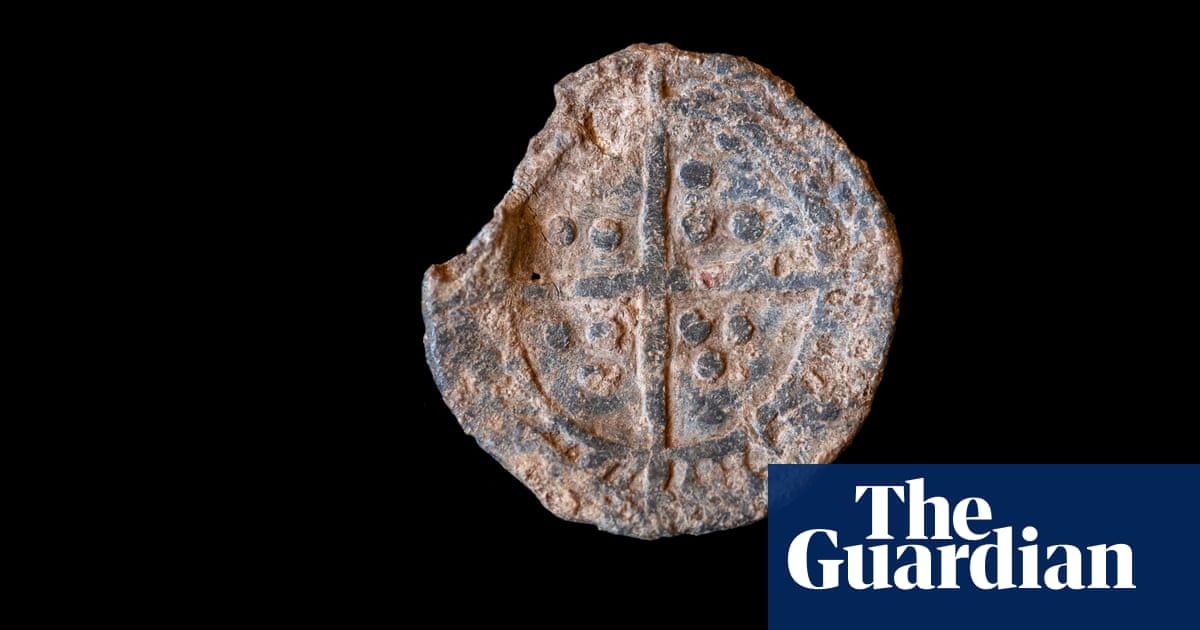This is the best summary I could come up with:
They are the last resort for the most challenging of recipients, such as moody teenagers or the eccentric uncle you see once a year – but gift tokens also came in handy at Christmas in medieval times.
National Trust archaeologists have discovered a token dating from between 1470 and 1560 that was probably given by the church to poor people to be exchanged for food.
It was found near Oxburgh Hall in Norfolk, having probably originated at Bury St Edmunds Abbey, nearly 30 miles away in Suffolk.
In medieval and early Tudor times, on the feast day of St Nicholas – 6 December – cathedrals chose a choirboy to parody the bishop, leading some religious services and processions, and collecting money for the church.
It was found by one of our metal detectorists who had been doing a survey of the West Park field at Oxburgh as part of our parkland restoration and tree planting.”
“We believe that one of the inhabitants from Oxborough village must have made the long trip to Bury St Edmunds, around 27 miles, to see the festive ceremonies in the massive Abbey Church where they may have acquired the token.
The original article contains 561 words, the summary contains 195 words. Saved 65%. I’m a bot and I’m open source!



